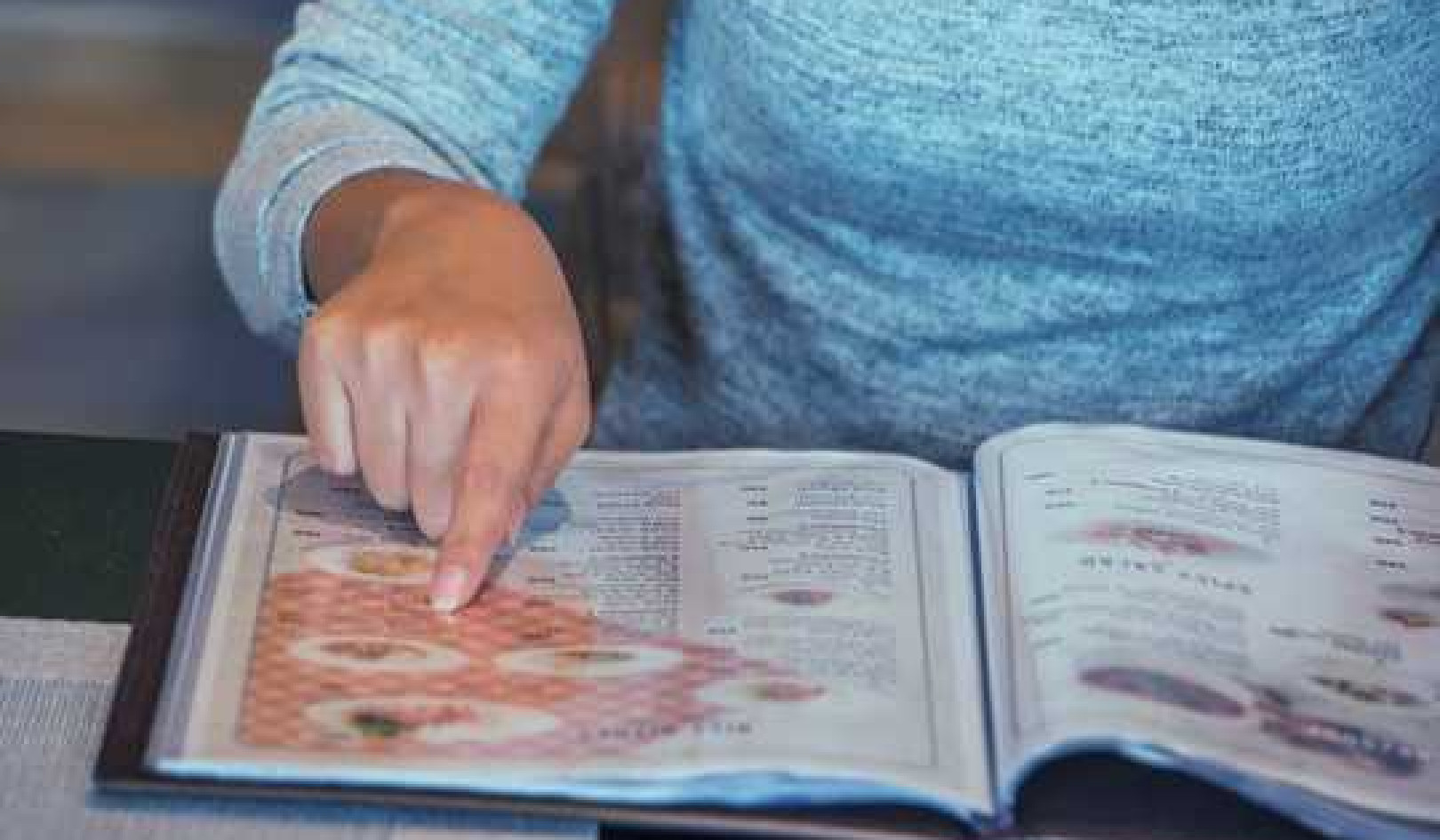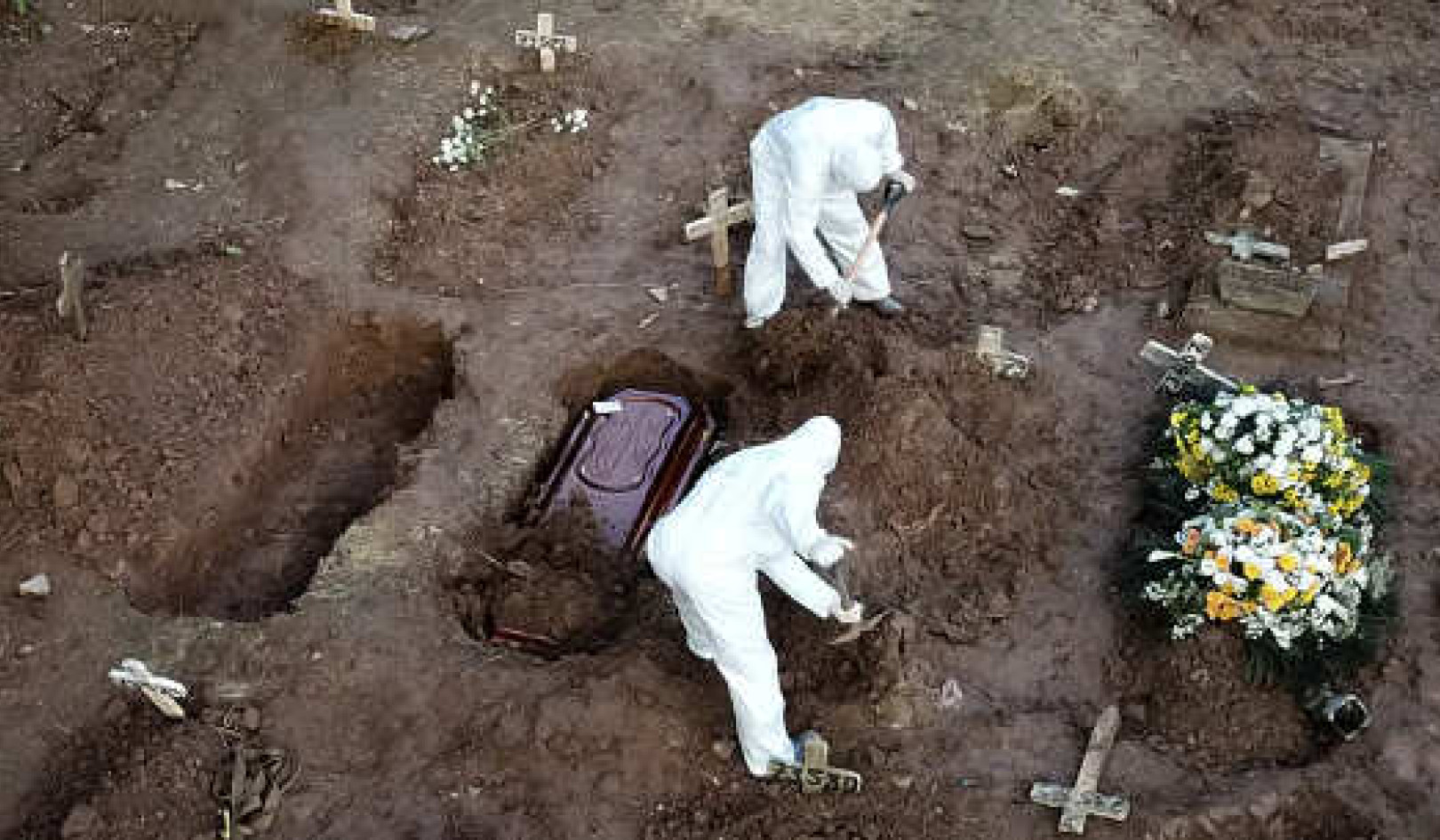
There really is no explanation nor prescription for loving, for being with and available to those you love until the last breath and then on. And there is no one way to provide the best possible care for your loved one or for yourself and others who are the caregivers.
In Knocking on Heaven’s Door, the Path to a Better Death, Katy Butler tells the story of her father’s painfully prolonged life, made by decisions she later questioned. She explains the ways in which those decisions lead her mother to reject medical recommendations for extending her own life. And as eye opening as the narrative of her story, even more so is Butler’s chapter 20: “Notes for the New Art of Dying.” She shares a personal exposé of what she learned the hard way and the options she uncovered. She offers herself and her parents to you as guides along usually dimly lit physical and emotional paths.
But what of the other, not physical aspects of life ending? As you explore your perspective of reality, you may go beyond Newtonian materialism, which was probably the science you studied most in school. Without becoming a quantum physicist, you can venture forward into new learning -- not a simple task.
Recently, scientists captured on film the fireworks of life beginning; there is a bright flash of light as a sperm meets an egg, an explosion of tiny sparks erupting from the egg at the moment of conception. And the research predicts that those eggs that burn brighter than others are more likely to produce a healthy baby.
Unrelated to the specific cause of death, there is also a death flash; it is independent of the cause of death and may reflect both the intensity and rate of dying. Might there be information in the electromagnetic field that comes from necrotic radiation, and in its energy, its information, that opens the possibility of consciousness beyond the body? I don’t know; I am hoping to learn more.
When considering NDEs, for example, the experiencers describe what occurs during a period of clinical death. The numbers of reports and the studies of large numbers of NDEs across cultures and time, present genuine evidence toward concluding that consciousness survives death. Or is it, perhaps, we have failed to appropriately define consciousness, or death, or life, or any combination thereof?
Secrets and Stories Shared
For me, the personal stories that people of all walks of life and of all levels of education have shared are even more compelling. Sometimes these are secrets they’ve never shared with anyone else, often fearing they would be ridiculed or disbelieved, and so the joy of the experience would be tainted, lessened, spoiled in some way.
A few days after her husband's funeral, Betty had come to visit with me in my home. She knew that sometimes I’d been able to intuit messages from others, both living and no longer in physical bodies. She hoped, maybe, in some way I might help her with her grief. I hurt to see how deeply she was grieving. Because something worn by another person sometimes has acted like an information conduit for me, I asked to hold something of Jason's. She handed me his gold wedding ring. While holding it, I mentioned several different things I sensed, but nothing seemed to get Betty's attention until I mentioned shoes and then added that Jason wanted to thank her for the wonderfully comfortable slippers. Betty wrinkled her brow and cocked her head a bit but couldn't bring forward any specifically meaningful memory- that is until she returned from Alabama to their apartment in Chicago.
At home, she opened the downstairs closet door and saw the warm, really lovely shearling-lined leather slippers she had bought for him the previous winter, having chosen them for comfort and ease of taking them on and off, which had been a big help as Jason's balance had become troubling. Those were the only shoes in the downstairs coat closet, with boots being left in the garage and other shoes in the bedroom. Betty looked again at the slippers, closed the closet door, and worked at various tasks throughout the day, with periodic wonderings about those slippers. Night came, and on her way to bed, Betty walked by that closet. Its door was wide open; she closed it, leaving the slippers there.
For weeks, this became routine. The door would be open, and she would close it. Then she'd find it open again. Betty was amused and comforted by the feeling that Jason was there every time the door was open. "It wasn't just a mild feeling about Jason's presence," Betty explained to me. "It felt like the door was deliberately being left opened, and Jason's presence was very real."
Jason and Betty are both PhD chemists, noted researchers, university professors, and patent holders. More than a week after Jason died, choosing to avoid her co-workers, Betty started going to her office at work either early in the morning or in the evening. Jason's office was to the south and one over from hers. All of the offices on their wing faced east and looked out over the lagoon. Because the windows are coated to keep heat in during winter, they look semi-reflective inside when it’s dark outside.
About one week after Jason's death, an especially nice and talented PhD student stopped by to tell Betty how shocked and sad he was about her husband’s death, saying it had been just hours earlier when another grad student told him Jason’s dying. Describing the reason for his surprise, he explained, "I was sitting at my desk just a couple of nights ago facing the windows, my back to the door, and I saw your husband walking by, his reflection in the window. So, I said ‘Hi Dr.J,’ and he waved back at me." That greeting was days after his death. Jason had also really liked and appreciated this student, a Christian from Eritrea.
Sharing with me that she often enjoyed talking to the Eritrean, as well as a couple of Ethiopian Christian grad students about their lives, culture, and faith, Betty has commented that each of them seems very much in tune with the supernatural and mystical. How wonderful that her openness and interest had allowed their sharing a hallowed experience.
Sacred Moments Before Death
Carrie and I had been friends since preschool. As ALS began to limit her movements, I would sometimes put both her wheelchair and walker into my trunk, so we’d be prepared for whichever she’d need when we’d take off, laughing continuously, for an undecided location for lunch or whatever we might decide. As her moving and breathing became more taxing, we were limited to in-home visits. With her condition worsening, the pragmatic businesswoman also began discussing end-of-life options with her physician, including her preference for hospice care. Eventually, when sniffles became pneumonia, she was hospitalized.
A few days later, at around six o’clock during early morning rounds, her physician came to her room. Knowing death was imminent, “she told him that she was ready for the hospice care they had already discussed. I was caught off guard,” her daughter Audrey said, “when she told him that she was ready on that day, or maybe it was just the shock of hearing her give up, of knowing death was near. She fought so hard for so long, and I don’t think any of us knew how great her struggle was, every hour of every single day.”
The attending physician agreed and said he would make arrangements immediately, explaining again for Carrie and for Audrey how hospice pain management would work.
Seeing her daughter’s tears, Carrie said, “Please don’t cry honey, I’m just so tired, and I can’t fight it anymore.” She knew that hospice could help to modify her sometimes-severe discomfort through the use drugs, that the relaxation provided by those drugs might inhibit her already-compromised speech, and that she would rest better and sleep more and more deeply.
With the decision made, Audrey said, ”I called Cindy [her sister] so she could hurry down and then called you.”
My clock showed a little before seven o’clock in the morning when the phone rang. After I said hello, I heard “Lynn, this is Audrey. Momma said you’re an early riser, and she wants to talk to you.”
Then I heard Carrie, her voice wispy and soft, “Hospice will be here soon, so I want to tell you now. I love you.”
Just as I said the same back to her, Audrey’s voice again “We’ve got to go now. The hospice nurse is here with pain medication. You can tell some of the others.”
The others were additional childhood friends. The plan had been for Carrie to call several of us, but that wasn’t to happen. “She wanted so badly to call everyone,” Audrey explained later, “but she just didn’t have enough breath.”
I am forever grateful to be the early riser.
A Continuing Sacred Gift
Though our conscious extension of love is a continuing sacred gift, it does not mean that I am ok with having my friend less accessible. What is apparent to me is the strength of physical interaction. I am always aware in talking to people about loving beyond death how much the physical misses the physical: the sound of a voice, the feel of skin touching skin, the smell of a favorite perfume or after-shave, the taste of one’s lips on another, and the shared laughter or tears. Though it is true that some of us are, from my point of view, blessed with the ability to receive a physical sensation from someone no longer in a physical body, it is usually fleeting and rarely on command. Even a brief interaction, however, gives promise of existence beyond our physical limits.
As Hugh reminded me, “Love is indestructible.” To gain a deeper understanding of death or the dying process, then, we needn’t prove or disprove an afterlife -- a consciousness, that survives death. But we can explore and open our hearts and minds, and in doing so, dying patients’ care may be enhanced. Our own lives may be magnified.
Perhaps we need only to become vulnerable, simply loving those who are leaving, wherever they are, however they may be experiencing reality as it is revealed to them. And in doing that, we may confront our own limitations while expanding our options. We will choose to love openly, freely, and with the possibility-for me the probability-that we can, indeed, enjoy loving fully to the end...and on.
Writing in the 19th century, Henry Ward Beecher wrote, “Love is the river of life in this world.” Or is it, perhaps, that love is the river that flows into, throughout, and beyond life in this physical world?
Copyright 2018 by Lynn B. Robinson, PhD
Article Source
Loving to the End…and On: A Guide to the Impossibly Possible
by Lynn B. Robinson, PhD
 Dr. Robinson recognizes and encourages ways for anyone—everyone—to love beyond death in this well-researched, engaging, and compelling mix of personal narrative and forthright reporting on end-of-life care and mis-care. Helpful for both families and medical personnel, it is part instructive manual, part counselor, and part love story. Her book gently guides us through the sadness of departure toward opportunity and love. Never demanding readers believe in an afterlife, Robinson instead offers personal stories of death bed visions, after death communication, near death experiences, and end of life care.
Dr. Robinson recognizes and encourages ways for anyone—everyone—to love beyond death in this well-researched, engaging, and compelling mix of personal narrative and forthright reporting on end-of-life care and mis-care. Helpful for both families and medical personnel, it is part instructive manual, part counselor, and part love story. Her book gently guides us through the sadness of departure toward opportunity and love. Never demanding readers believe in an afterlife, Robinson instead offers personal stories of death bed visions, after death communication, near death experiences, and end of life care.
Click here for more info and/or to order this paperback book. Also available in a Kindle edition.
About the Author
 Lynn B. Robinson, PhD is a professor emerita of marketing and a former business consultant, an author and speaker, a hospice and community service organizations volunteer, and facilitator for a local affiliate of IANDS, she is the author of Loving To The end…And ON. Visit her website at: www.lynnbrobinson.com
Lynn B. Robinson, PhD is a professor emerita of marketing and a former business consultant, an author and speaker, a hospice and community service organizations volunteer, and facilitator for a local affiliate of IANDS, she is the author of Loving To The end…And ON. Visit her website at: www.lynnbrobinson.com
Related Books
at

Thanks for visiting InnerSelf.com, where there are 20,000+ life-altering articles promoting "New Attitudes and New Possibilities." All articles are translated into 30+ languages. Subscribe to InnerSelf Magazine, published weekly, and Marie T Russell's Daily Inspiration. InnerSelf Magazine has been published since 1985.

Thanks for visiting InnerSelf.com, where there are 20,000+ life-altering articles promoting "New Attitudes and New Possibilities." All articles are translated into 30+ languages. Subscribe to InnerSelf Magazine, published weekly, and Marie T Russell's Daily Inspiration. InnerSelf Magazine has been published since 1985.

























